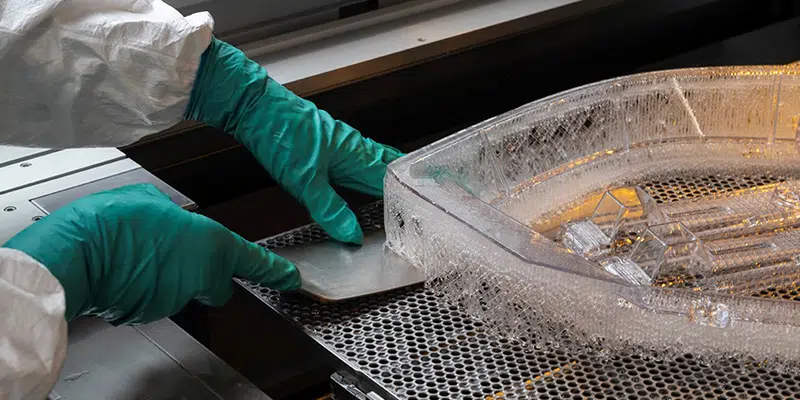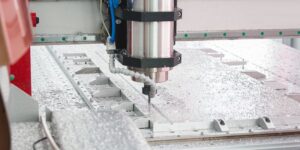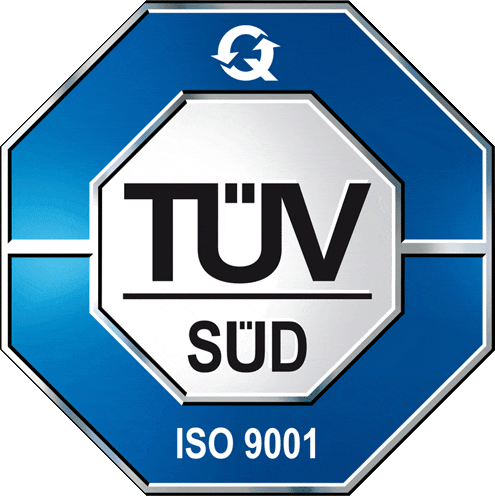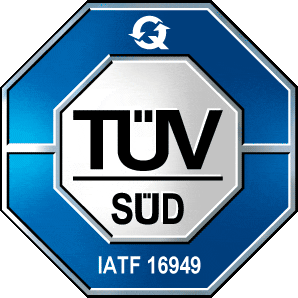When it comes to manufacturing, understanding the difference between transparent and translucent materials is crucial. This is particularly important when looking for Low-volume CNC Machining in Asia. Working with ARRK Asia’s production experts, who are known for their expertise in manufacturing high-quality products, can help from start to finish.
We’ll explore some materials, and how our production specialists can help you navigate this important aspect of manufacturing.
Transparent vs. Translucent Materials
When it comes to manufacturing, transparency and translucency are two important properties that can affect the final product. Understanding the difference between these two properties is important for manufacturers to make informed decisions about their materials and production processes.
Transparency and translucency are two different optical properties that describe how much light can pass through a material.
Transparent materials are those that allow light to pass through them without diffusing it. These materials are often clear or see-through, like glass or some plastics. In other words, transparent materials are completely clear and allow light to pass through with no interference or diffusion.
Examples of transparent materials include glass, acrylic, and some types of plastics. These materials are ideal for creating products that need to be seen through, such as windows, lenses, and medical equipment.
On the other hand, translucent materials allow some light to pass through, but scatter or diffuse the light, creating a hazy or milky appearance, making objects on the other side appear blurry or hazy. These materials are ideal for creating products that need to diffuse light, such as lampshades, diffusers, or privacy screens. Examples of translucent materials include frosted glass, white acrylic, and diffused plastics.
Examples of Transparent and Translucent Products

In manufacturing, it’s important to know the difference between these two types of materials because it impacts the look and function of your product. If you need a completely clear and see-through product, transparent materials are the way to go. However, if you need a product that diffuses light, translucent materials are the better choice.
Some examples seen in Rapid Prototyping can look as follows: if you’re manufacturing a device with a screen, using a translucent material for the screen cover could make the display difficult to read. Alternatively, if you’re creating a product that requires a clear material, using a translucent material could make it appear blurry or distorted.
It is important to distinguish between transparent and translucent when working on projects, such as Lighting Prototype models in Asia, as translucent materials are frequently used.
The choice between transparent and translucent materials can also have an impact on design and aesthetics. Transparent materials can provide a sleek and modern look, while translucent materials can create a softer and more diffused appearance.
Working with ARRK Asia’s Production Experts
One of the benefits of working with ARRK Asia’s production experts is that we have extensive experience working with a variety of materials, including transparent and translucent materials. We can help you select the right material for your project based on your specific needs, and can offer advice and guidance about how to incorporate these materials into your design.
Additionally, our production specialists use state-of-the-art manufacturing equipment and techniques to ensure that your product is of the highest quality. We can also help you with prototyping and testing to ensure that your product meets your exact specifications.
Choose the Right Material for Your Project
The choice between transparent and translucent materials is an important consideration in manufacturing. By understanding the properties of these materials and how they can be affected by production processes, manufacturers can make informed decisions about the materials and techniques they use to achieve their desired final product.
Contacting ARRK Asia can help your team understand the difference between transparent and translucent materials when it comes to manufacturing. Whether you’re creating a product with a clear display or need a material that will diffuse light, working with our ARRK Asia’s production experts can help ensure that your project is a success.
Our expertise in working with a variety of materials, combined with their state-of-the-art manufacturing equipment, can help you create a product that meets your exact specifications and exceeds your expectations.







